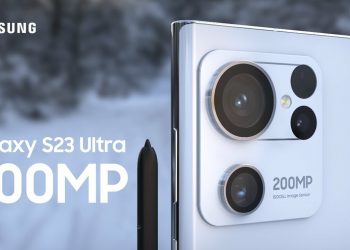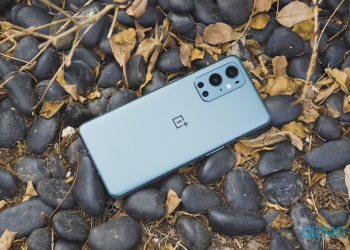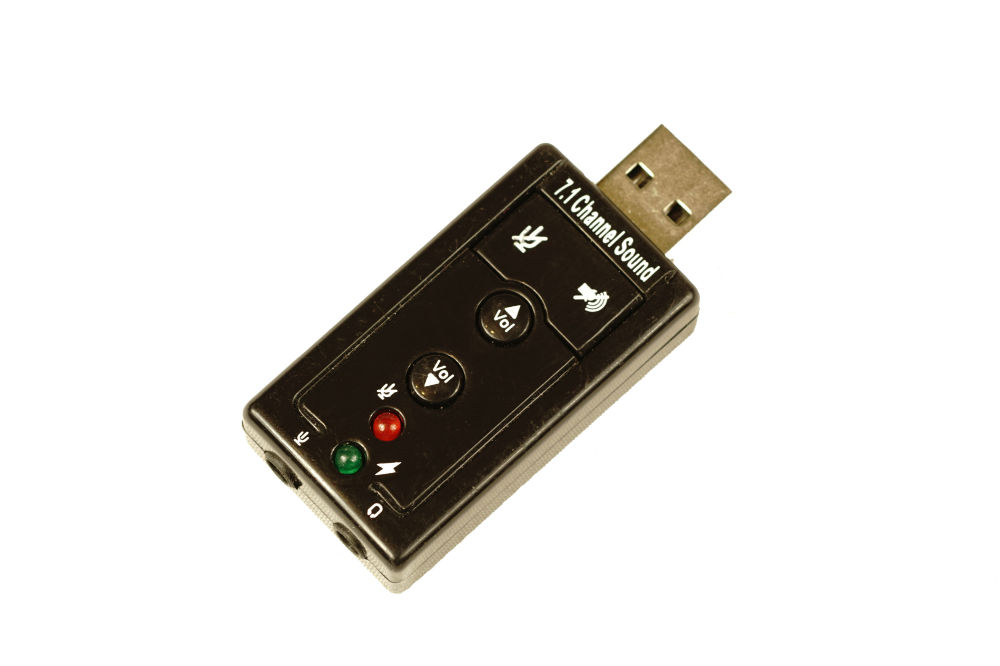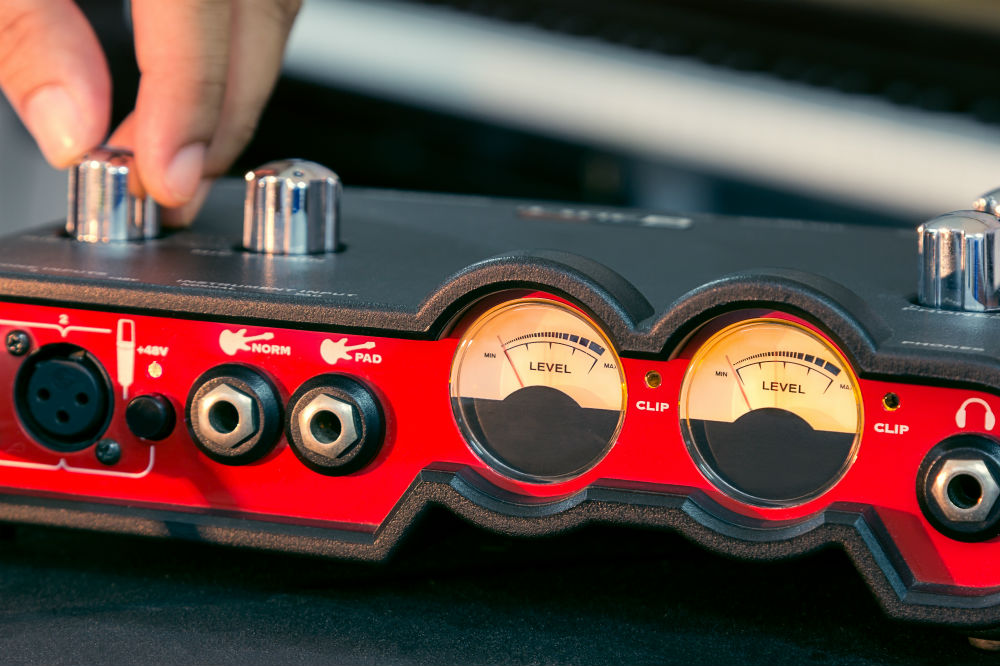Updated on April 2nd, 2022
Musical performance is a delicate thing. Whether you’re listening to it on your earphones or live at a venue, the musicians make it sound so easy. Behind the performance, recorded or live, there is an overwhelming amount of science. Be it a vocalist, bassist, or guitar player, everyone uses microphones on stage and in the studio (usually). So, what are condenser mics and are they good for vocals?
Types of Microphones
There are two types of microphones: condenser and dynamic. All other subdivisions are much less drastic. So, what’s the difference between the two types? Which one is better for vocals? The answer is in fact neither. Both microphone types are used for recording all sources of audio. The difference here is that condenser mics are generally found in studios, while dynamic mics are used in live performances. There are exceptions, of course.
Condenser Mics
This type of microphones captures a wider frequency range and can reproduce the changes in an instrument, or voice, in this instance. This is called transient response and it is one of the main things that sets a condenser mic apart. However, condenser mics have a significantly higher output and are sensitive to loud sounds, making them less than ideal for live performances. That being said, condenser mics are typically used live to capture drum overheads and in orchestral/choral sound reinforcement.
Dynamic Mics
If there is a word to describe a dynamic mic, it would be “rugged.” They are much more resilient than their condenser peers and are moisture-resistant. This means that they can take a pounding, which is why they are great for onstage performances. Dynamic microphones are used for any instrument.
Condenser Mics and Vocals
It is important to note that dynamic mics are sometimes used in the studio. However, condenser mics are significantly more popular in this instance because they tend to be very versatile. A single condenser mic can be used to record a variety of instruments.
For instance, you might have a condenser mic for kick drum recording, but, depending on the music style, you are likely going to be able to record the overheads, the guitars, and maybe even the bass, in addition to the vocals with the same condenser mic. But what makes these microphones so good for studio use?
Lower Gain Requirements
Because they require electricity to work, modern condenser mics got rid of a built-in power supply in favor of 48V of phantom power from the preamp. This voltage is used to create electrical potential between two plates that generate different levels of electric current according to sound waves that hit the front plate (which is the diaphragm in condenser mics). This is then outputted as the audio signal.
It results in much higher output compared to dynamic mics. It does render the condenser mic relatively inconvenient for stage use but the preamp doesn’t have to supply a lot of gain to amplify the signal to a usable level. This lower gain translates to a more natural signal. This means lower noise and much higher clarity.
Detail
Speaking of clarity, there is one important factor that makes the condenser mic the preference for vocal studio recording. The huge amount of details that they bring to the table. This is owing to the use of a charged metal plate and a very thin and nimble diaphragm. Of course, if you are recording metal screams, you’ll definitely want to go with the dynamic mic. If we’re talking about clean vocals, the condensers take the cake.
High Frequencies
If there’s one thing that is crucial in vocal recording, it’s the high frequencies. You can work with the midrange and tame the low frequencies, but if the highs aren’t captured perfectly, you’re going to have to retrack. If you’ve ever heard people talking about a vocal track with a lot of air, this is what they were talking about. This air isn’t really achievable with a dynamic microphone, at least not in the classic studio environment.
Diaphragm
There are essentially two main types of condenser mic: large-diaphragm and small-diaphragm. There is much debate about whether there’s a medium-diaphragm condenser, as well as what makes a diaphragm small or large, but let’s focus on the essence here: Large-diaphragm condenser microphones capture and shape sound in a pleasing way.
This is particularly useful because it gives the singer something to focus on, given the absence of an audience. As a rule of thumb, this works wonders for their recording performance, which is essential in the studio. However, a skilled studio engineer will know how to tweak the sound with small-diaphragm condenser mics and even a dynamic mic for multi-tracking. This is a skill and knowledge attained over time.
Are Condenser Mics Good for Vocals?
Yes. Condenser mics are fantastic for vocals. But so are dynamic mics. It all depends on what you really need them for. Condenser mics work wonders in a studio environment, while they’re lackluster on the stage (at least when it comes to vocals). Conversely, dynamic microphones are perfect for stage performances and not really ideal for studio recording.
Read also:
Best Air Purifier in the U.S. for Better Respiratory Health 2021 Acekool Air Purifier
Best Toaster in the U.S. That Are Worth Buying 2021 Acekool Toaster TA1
We hope you love our reviews! For your information, we do earn money from commission in the link in the content! For more information click here!














